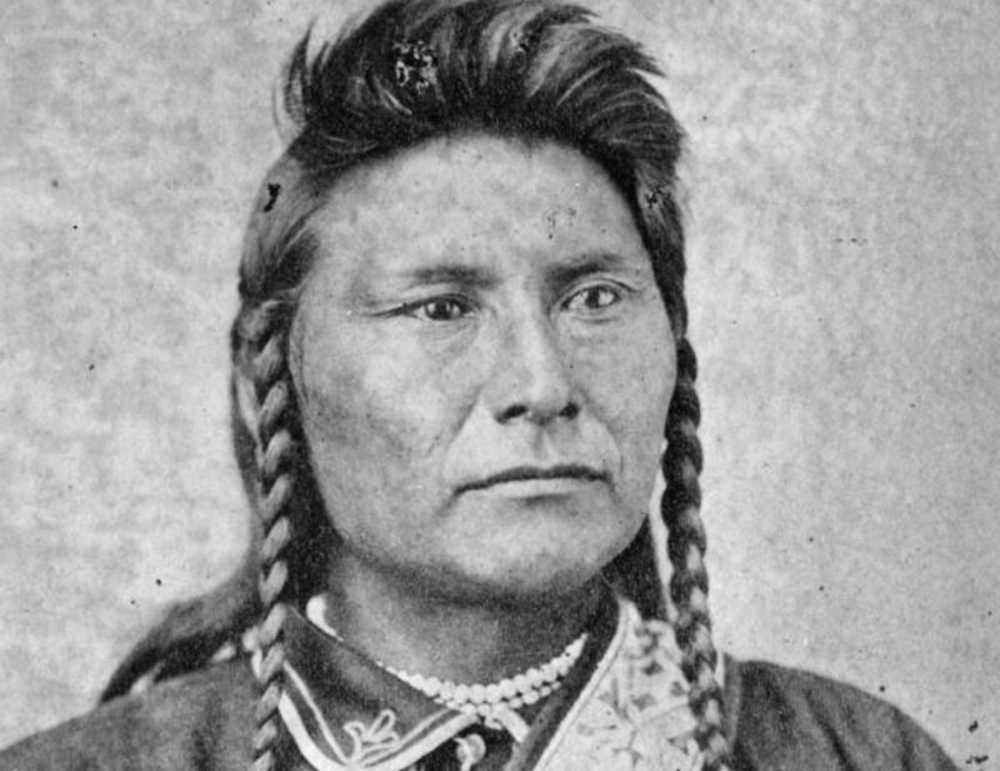
Harry Morgan
5952
15181
36
Geronimo. Cochise. Starea taurului. Nor roșu. Cal nebun. Șef Iosif. Dintre marii șefi și războinici nativi americani, care reprezentau vitejie, leadership, forță și îndemânare militară, șeful Iosif era cunoscut pentru inima sa.
La 5 octombrie 1877, discursul său, în timp ce se predea generalului Howard, l-a imortalizat în istoria americană pentru totdeauna:
"M-am săturat să mă lupt. Șefii noștri sunt uciși. Uitarea sticlei este moartă. Toohoolhoolzote este mort. Bătrânii sunt morți. Tinerii sunt cei care spun, 'da' sau 'Nu.' Cel care i-a condus pe tinerii [Olikut] este mort. Este frig și nu avem pături. Copiii mici îngheață până la moarte. Oamenii mei, unii dintre ei, au fugit pe dealuri și nu au pături, nici mâncare. Nimeni nu știe unde se află & # x2014; poate înghețat până la moarte. Vreau să am timp să îmi caut copiii, și să văd câți dintre ei pot găsi. Poate îi voi găsi printre morți. Ascultă-mă, șefii mei! Sunt obosit. Inima mea este bolnavă și tristă. De unde stă soarele acum nu voi mai lupta pentru totdeauna ”.

Chief Joseph, circa 1880. (Foto: MPI / Getty Images)
Șeful Iosif nu a ajuns niciodată să se întoarcă în patrie, așa cum i s-a promis. Totuși, în ciuda faptului că tribul său a murit de boală și la mâinile omului alb, nu a renunțat niciodată să fie conștiința poporului său. Nu a renunțat niciodată la speranța că într-o bună zi, americanii autohtoni vor obține libertatea și egalitatea.
În 1904, șeful Iosif a murit, potrivit medicului său, de o inimă frântă.
MAI MULTE POVESTE DE LA BIOGRAFIE
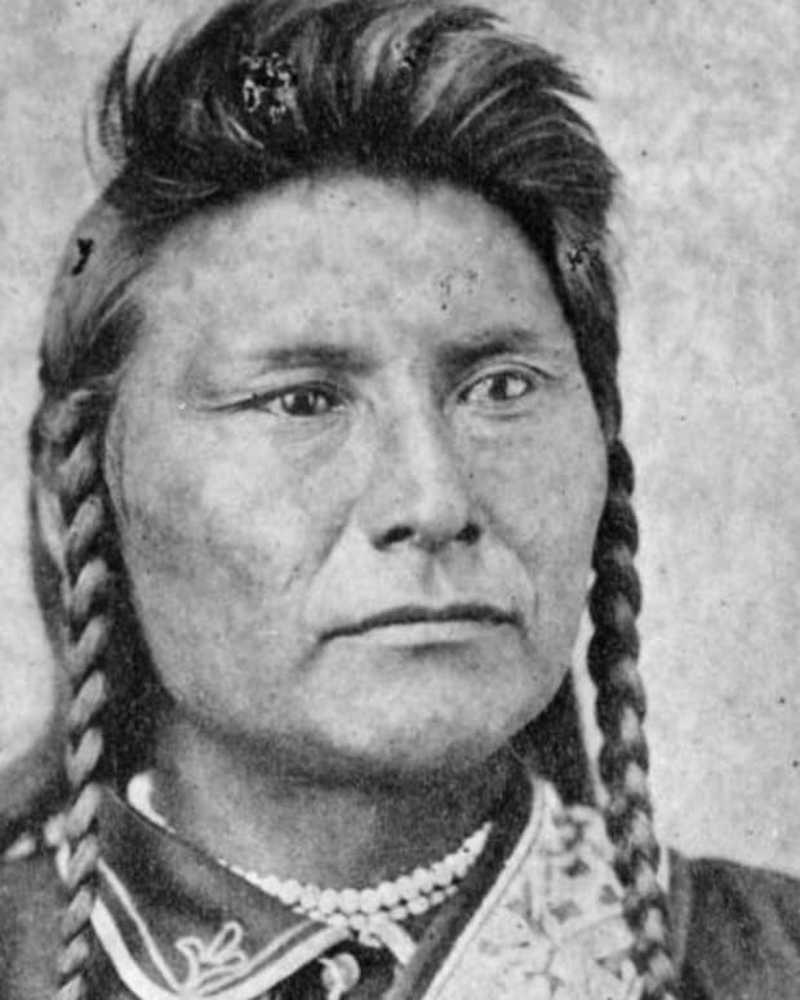 Istorie & Cultură
Istorie & CulturăȘef Iosif: Călătoria tragică care a dus la renumita Sa predare
La 5 octombrie 1877, șeful Iosif și tribul său, Nez Perce s-au predat armatei americane. Aflați despre modul de viață al tribului și despre actul final de sfidare al acestora.
- De B. MyintJun 17, 2019
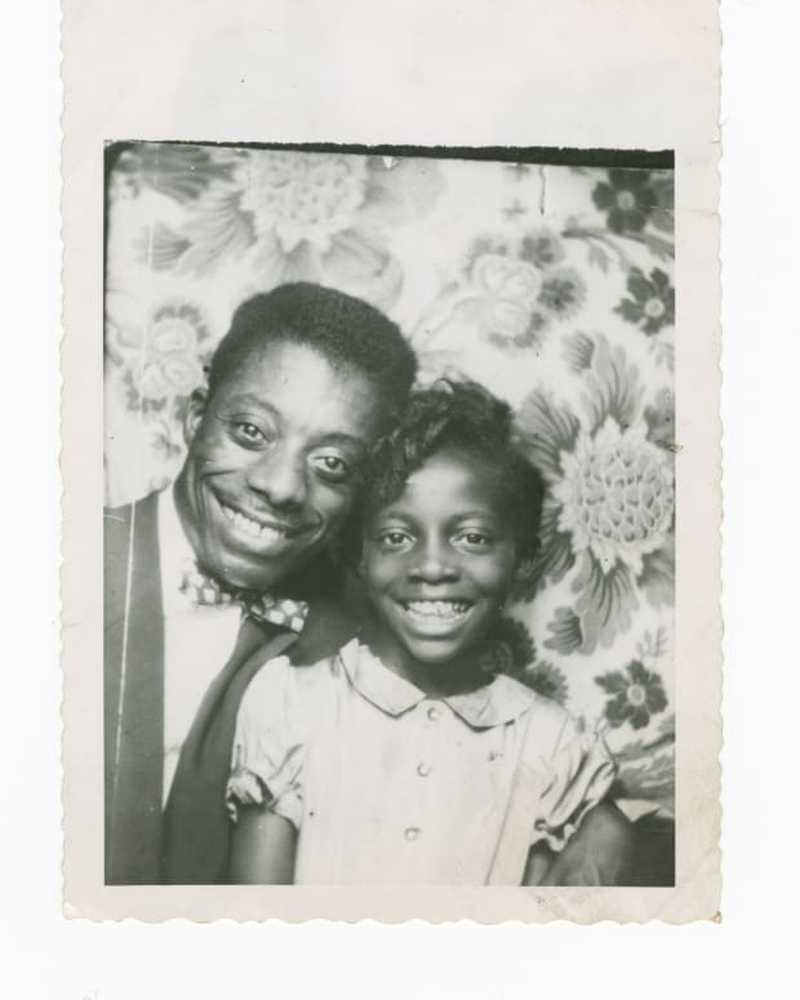 Istorie & Cultură
Istorie & CulturăOnorarea lui James Baldwin și puterea de durată a cuvintelor Sale
Curatorii de la Muzeul Național de Istorie și Cultură Afro-Americană împărtășesc artefacte și povești din viața scriitorului și activistului pentru drepturile civile James Baldwin.
- De Daina Ramey BerryJul 30, 2019
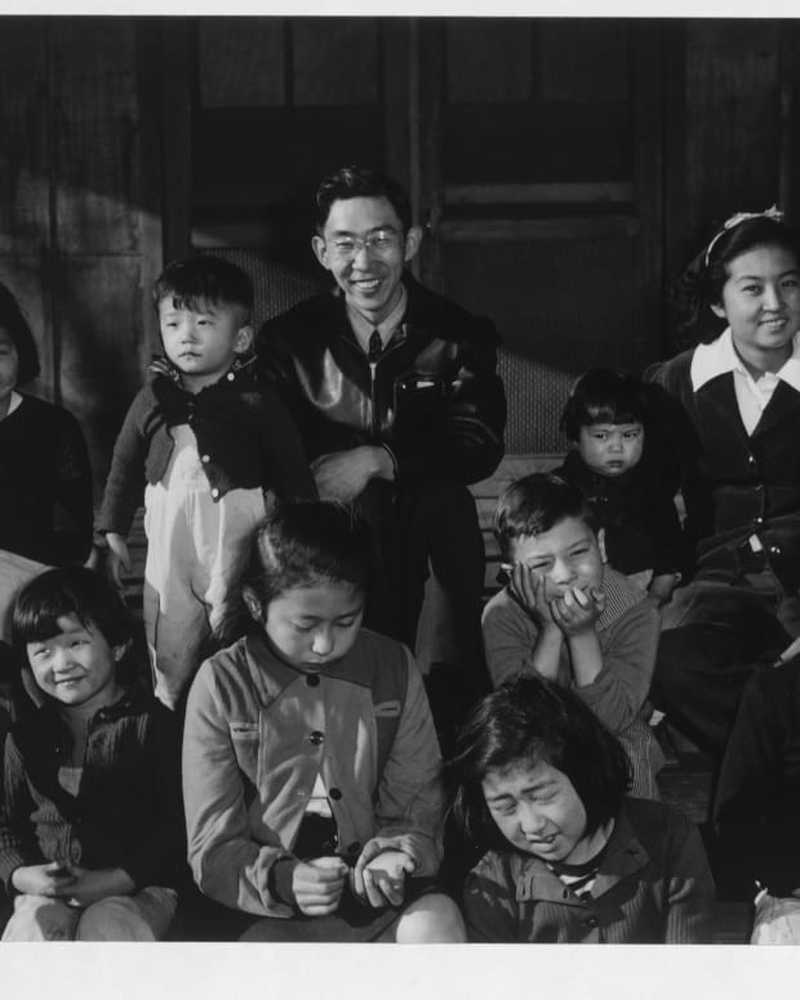 Istorie & Cultură
Istorie & CulturăSupraviețuitorii taberei internaționale japoneze: în propriile lor cuvinte (FOTOGRAFII)
În urmă cu șaptezeci și cinci de ani, președintele Franklin D. Roosevelt a autorizat relocarea japonezilor americani în lagărele de internare. Împărtășim câteva din experiențele acestor supraviețuitori în propriile lor cuvinte.
- De Bio StaffJun 18, 2019
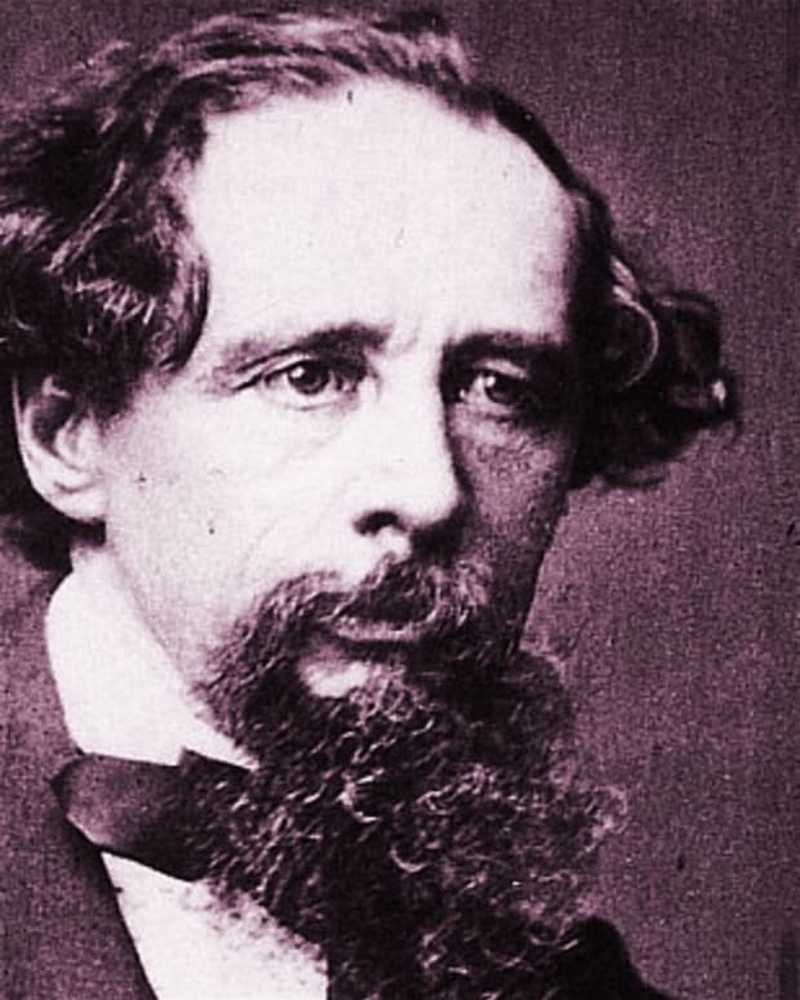 Istorie & Cultură
Istorie & CulturăCharles Dickens: 5 fapte despre autor și câteva adevăruri groaznice despre Anglia sa victoriană
Prin povestirea sa magistrală, Charles Dickens a pictat detaliile unei lumi atât de crude cât și de promițătoare. Iată o privire asupra vieții, iubirilor și lumii victoriene a autorului care i-a inspirat clasicii.
- De Bio StaffJun 17, 2019
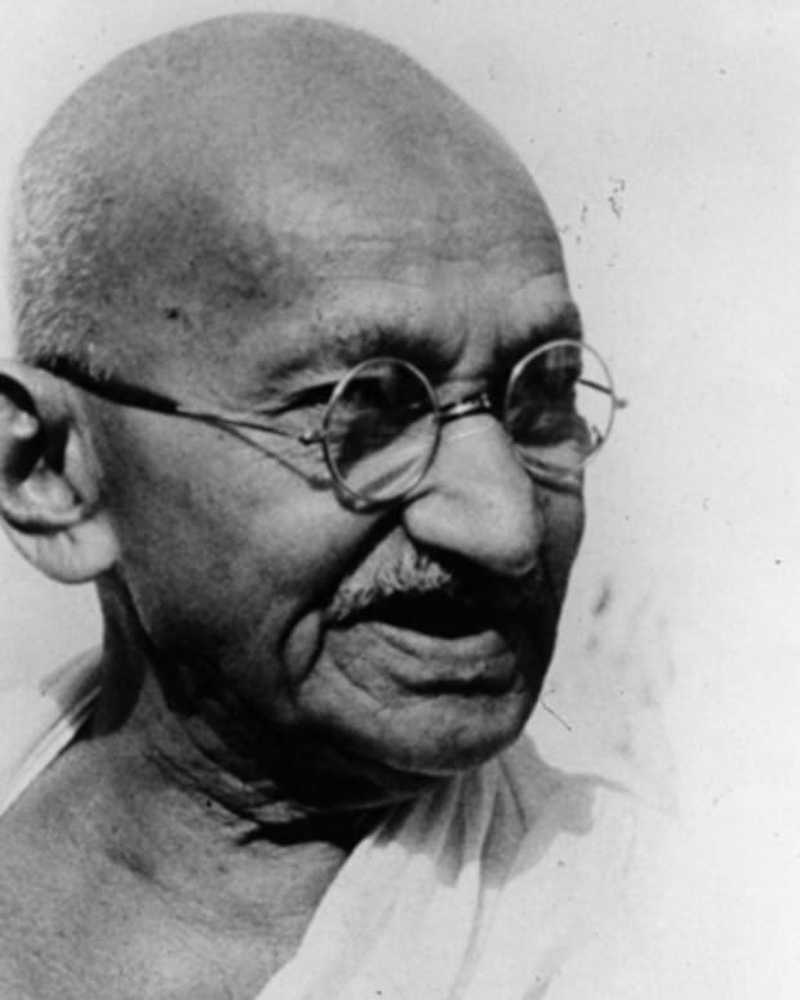 Istorie & Cultură
Istorie & CulturăGandhi: Fapte surprinzătoare asupra vieții sale și modul în care trăiește moștenirea de astăzi
În amintirea lui Mahatma Gandhi, care a fost asasinat astăzi cu 69 de ani, analizăm câteva fapte remarcabile din viața sa și sărbătorim activismul său pașnic, care este foarte viu în ziua de azi.
- De Bio StaffJun 18, 2019
 Istorie & Cultură
Istorie & Cultură5 fapte despre Oscar Wilde: Love Triangles, Debauchery și The Beatles
Oscar Wilde s-a născut la 16 octombrie 1854. Dincolo de canonul său publicat, viața plină de culoare a lui Wilde ca raconteur și bonian victorian l-a dus de la adorația toast-of-the-town până la fundul rock, în urma unuia dintre cele mai salve scandaluri ale epocii..
- De Bio StaffJun 24, 2019
 Istorie & Cultură
Istorie & Cultură5 fapte despre Bette Davis: acei ochi, un disc prezidențial, celebrele cuvinte și multe altele
Bette Davis s-a născut pe 5 aprilie 1908. Pictograma de la Hollywood, care a supraviețuit, a supraviețuit peste o jumătate de secol în activități de spectacole, căsătorii multiple, o mastectomie și un accident vascular cerebral - dar nu a pierdut niciodată reaparăturile spit-fire și tell-it-like-it-is persona..
- De Bio StaffJun 17, 2019
 Istorie & Cultură
Istorie & CulturăZiua de naștere a lui Gandhi: 15 citate inspirate
Pentru a sărbători ceea ce ar fi fost cea de-a 148-a zi de naștere a lui Gandhi pe 2 octombrie, sărbătorim omul care a inspirat milioane de oameni să-i urmeze exemplul și să zguduie lumea într-un mod blând.
- De Bio StaffJun 18, 2019
 Istorie & Cultură
Istorie & CulturăDragostea îi cucerește pe toți: povestea iubitoare a lui Richard și Mildred
De Ziua Îndrăgostiților și a lunii istoriei negre, am dori să onorăm povestea de dragoste simplă, dar monumentală, a lui Richard și Mildred Loving, al căror reper în cazul Curții Supreme a șters ultimele legi de segregare din America.
- De Bio StaffJun 25, 2019











